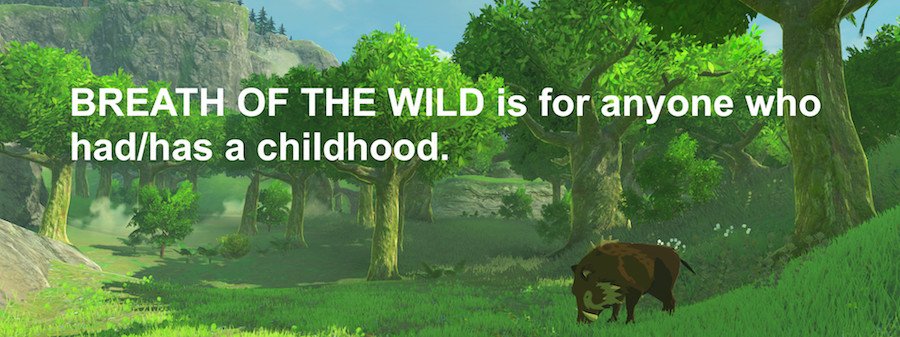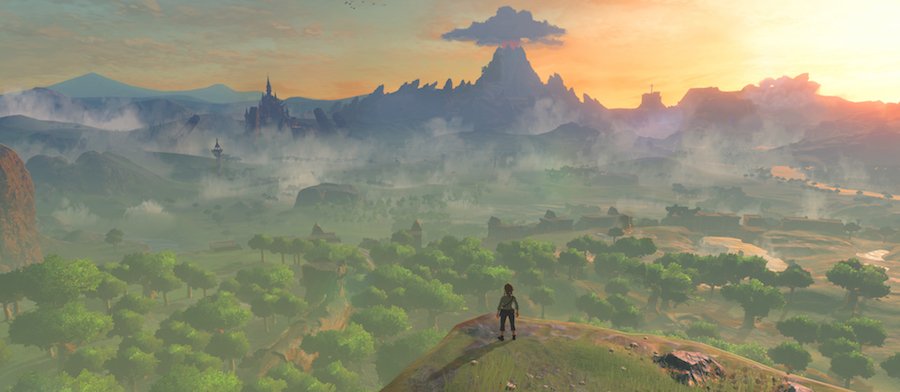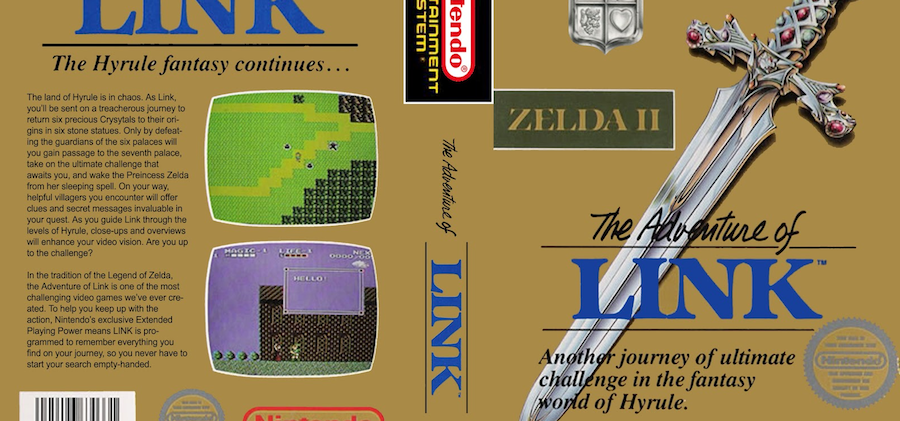
The first Zelda game I ever purchased was The Adventure of Link. It was 1992 and I found a $20 bill on the asphalt of a consignment store parking lot. I was six, and my mom let me keep it. It was the first $20 bill I’d ever held. The gold NES cart, no box, was sitting in a wicker basket near the register of the consignment shop. I had no idea what Zelda was, but Nintendo was Nintendo. I bought it. I think it was $5.
Zelda II: The Adventure of Link (1987), sequel to the original The Legend of Zelda (1986) is stupidly difficult. In 1992, it was five years old, and time hadn’t been kind to it. It’s sequel, The Legend of Zelda: A Link to the Past (1991) for the SNES, was already being called a classic. By contrast, The Adventure of Link was a curiosity, for those who found masochism curious. But the game was also enchanting. I played until my thumbs hurt, until it was time to go to bed, until the kitchen egg timer buzzed.
The idea of “game difficulty” in Zelda is long and storied. It’s one reason (if not the mis-attributed prime reason) Dark Souls (2011) shares so much DNA with early Zelda.
I want to talk about the best corner of a Zelda game 30 years beyond The Adventure of Link: Nintendo’s The Legend of Zelda: Breath of the Wild (2017).
What is The Legend of Zelda: Breath of the Wild?
Developed and published by Nintendo for the Nintendo Wii U and Nintendo Switch, The Legend of Zelda: Breath of the Wild is a video game hot take generator. Since it’s March 2017 debut, the general consensus is that Breath of the Wild isn’t just an astounding Zelda game, it’s perhaps one of the greatest video games ever made. (Although those two statements are arguably redundant.)
In Breath of the Wild you, ungated, explore an enormous map as the silent protagonist Link. You sword fight, take up archery, make banana bread, hang glide and do a lot of climbing. Breath of the Wild is a systems game, and its systems are immaculate. Yet these systems are hidden under a beautiful interface, which makes approaching Breath of the Wild easy. To play Breath of the Wild is to climb your first tree. In Breath of the Wild, Hyrule is only slightly smaller than your imagination.
Breath of the Wild is for anyone who had/has a childhood.
What is Zelda II: The Adventure of Link?
A relic.
Breath of the Wild’s map is really big. See my note above about how big, both literally and figuratively, this world is. You can drop 100 hours into this iteration of Hyrule and miss entire landscapes. Which is why I should say that everything here-on-out is a SPOILER. Not a nasty one, but Breath of the Wild takes such joy in hiding its systems and letting you uncover them that it reinvents the concept of spoilers.

Anyway:
Eventide Island is at the bottom right corner of the Breath of the Wild map. You’re likely to spot it from one of the seaside mountains in the southwest. Because Dueling Peaks and the trip to Kakariko Village set you in this general direction early in the main quest path, a lot of players see Eventide in the first quarter of the game, even if they don’t step foot there until much later. It doesn’t matter how you get to Eventide, but it will be a story, as with all things Breath of the Wild.
I took a raft, which I then tried to make airborne on the open water. It worked, but not before I got knocked off. Treading water, I watched my raft float off on octo-baloons. I was running out of stamina, so I swam toward the biggest land mass I could see.
When you wash up/land/sail to Eventide, you’re told by on-screen text that the island contains a challenge — and you must meet it naked. The game takes away all your equipment and asks that you use only “your wits and whatever you can scavenge.” Furthermore, if you die on Eventide Island, you start the challenge over… with nothing. Breath of the Wild’s otherwise generous auto-save doesn’t function on this island. This sounds like bad reality TV, but it makes for great Zelda.
Why is this great Zelda? If you follow the most common path through the game, Breath of the Wild starts as a hard game and ends as an easy one. This is partially because your abilities as a player sharpen, but it’s primarily the exponential growth of stat and equipment levels. An open world game like Breath of the Wild’s greatest design challenge is consistent balance, and generally it does an excellent job maintaining equilibrium. But all players reach a point where that equilibrium breaks. Eventide Island resets that. (Mostly.)
So, the short answer is that Eventide Island packs the best, most exciting aspects of the entire game into a one-to-two hour adventure.
The long answer is that suddenly combat, items, the environment and exploration really matter.

Combat: Link’s greatest weapon in Breath of the Wild isn’t a sword, boomerang or bow. It’s the autosave functionality that keeps you from ever having to repeat more than 3 minutes-worth of gameplay should you bite it. Eventide suspends your autosave. Suddenly, entering combat becomes an active decision, not just a routine or rhythm of the game. You may lose, and when you lose you will lose a lot more than the last three minutes. This makes even Dark Souls’ risk-reward system seem welcoming. It’s brilliant.
Items: Inventory management is not Breath of the Wild’s strong suit, but that’s usually an issue of surplus vs. dearth that the UI isn’t capable of keeping up with. On Eventide, you have so little and depend so much on every banana or stick you find that this ceases to be a problem. You will thank your lucky stars for the flimsiest bow. It’s satisfying and humbling. It makes you grateful again.
Environment and exploration: Breath of the Wild’s excellent physics tell us, “Everything is a tool.” Eventide makes it so. When you have no sword, how do you weaponize a rock? A piece of slate? A leaf? A fire blowing slightly northwest in the wind? Suddenly, these things matter.
Eventide Island is for people who love the difficulty mode in The Last of Us (2013) in which you must actually count how many bullets are left in the chamber because the HUD won’t tell you.
Eventide Island isn’t for everybody. But I do believe it boils down Breath of the Wild’s thesis. It takes the games systems and asks you to both survive them and master them.
It took me five tries and as many hours to get through Eventide. I played until my thumbs hurt, until it was time to go to bed.
And I only succeeded on my fifth try because of a freak lightning storm. ★